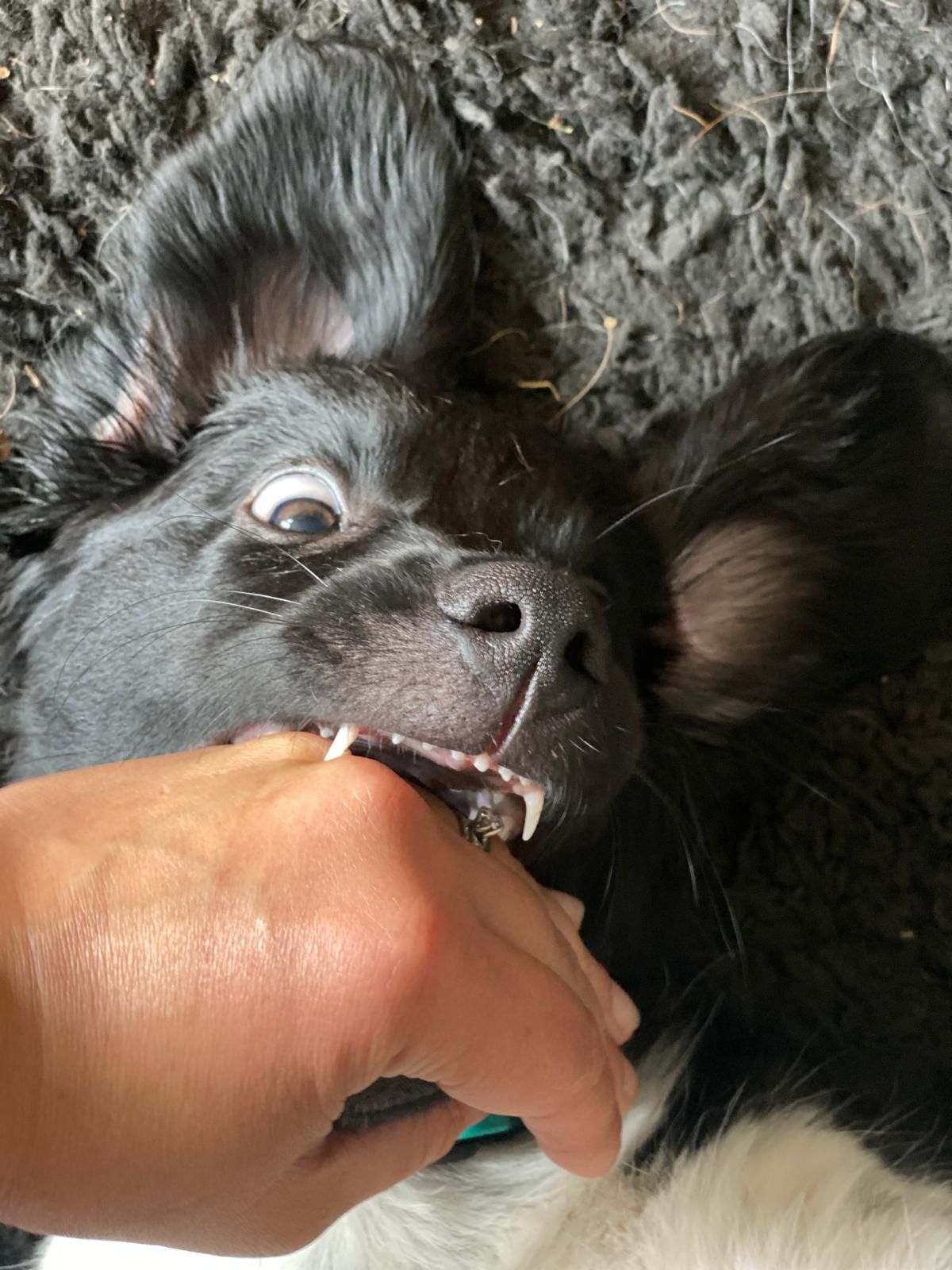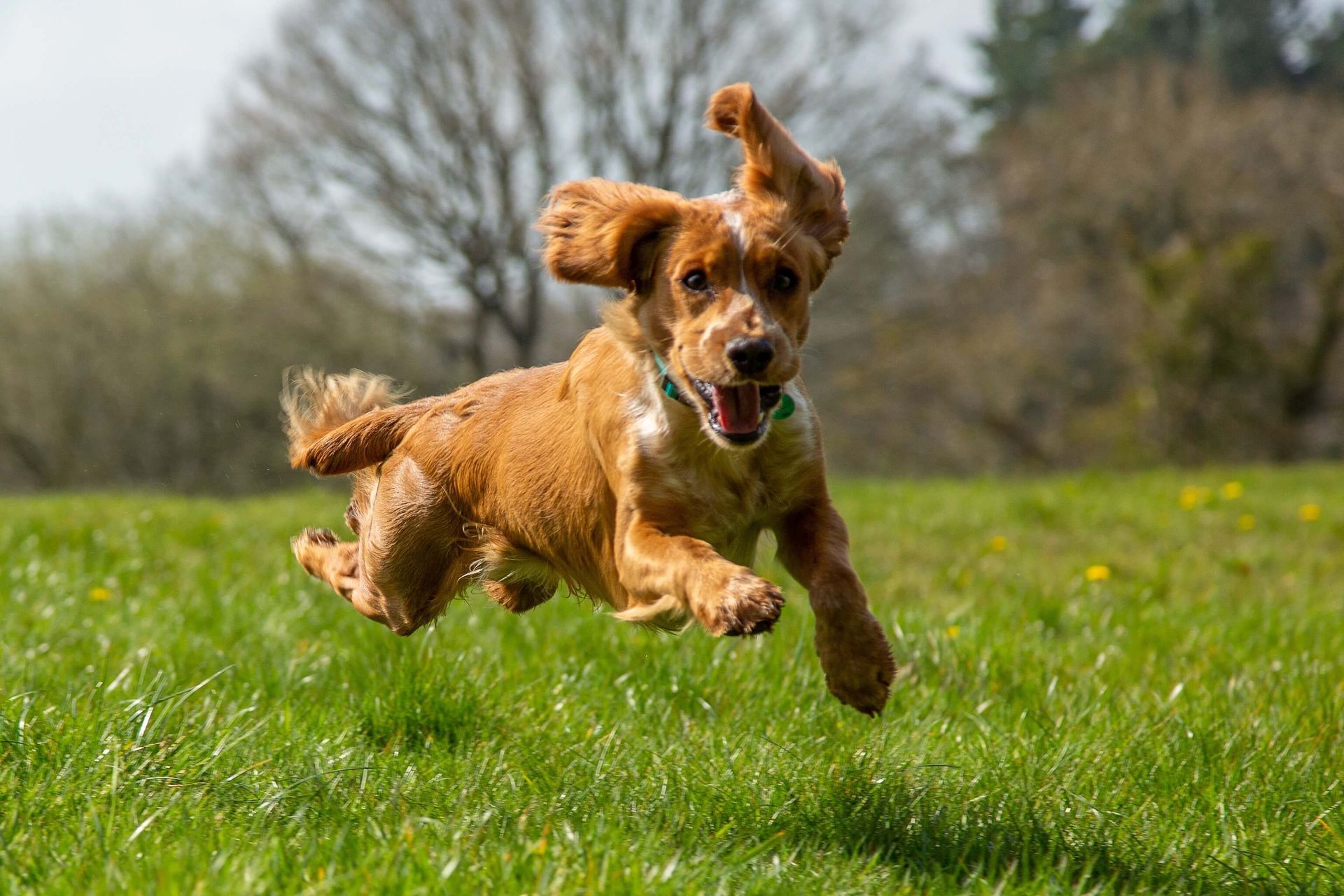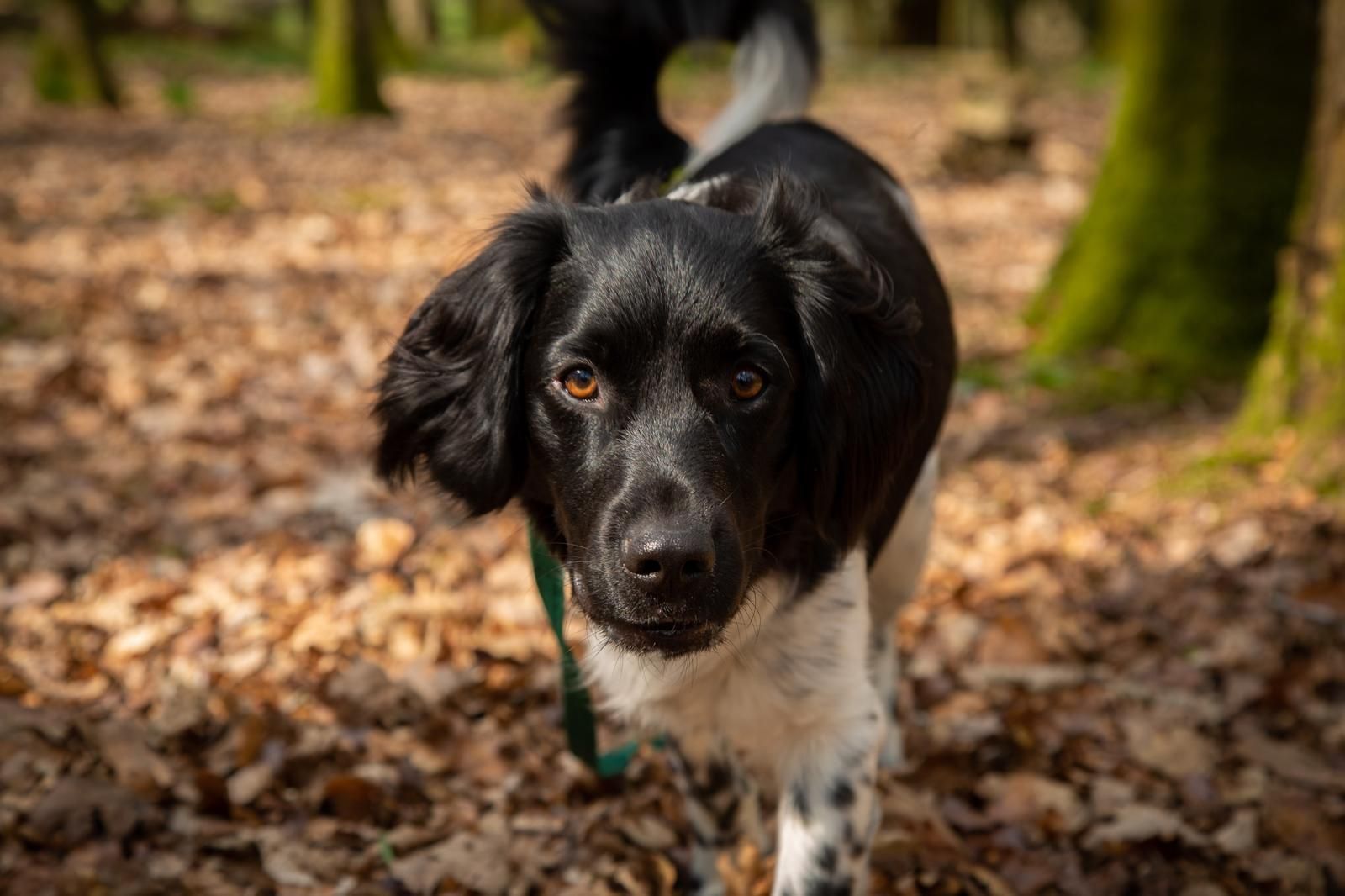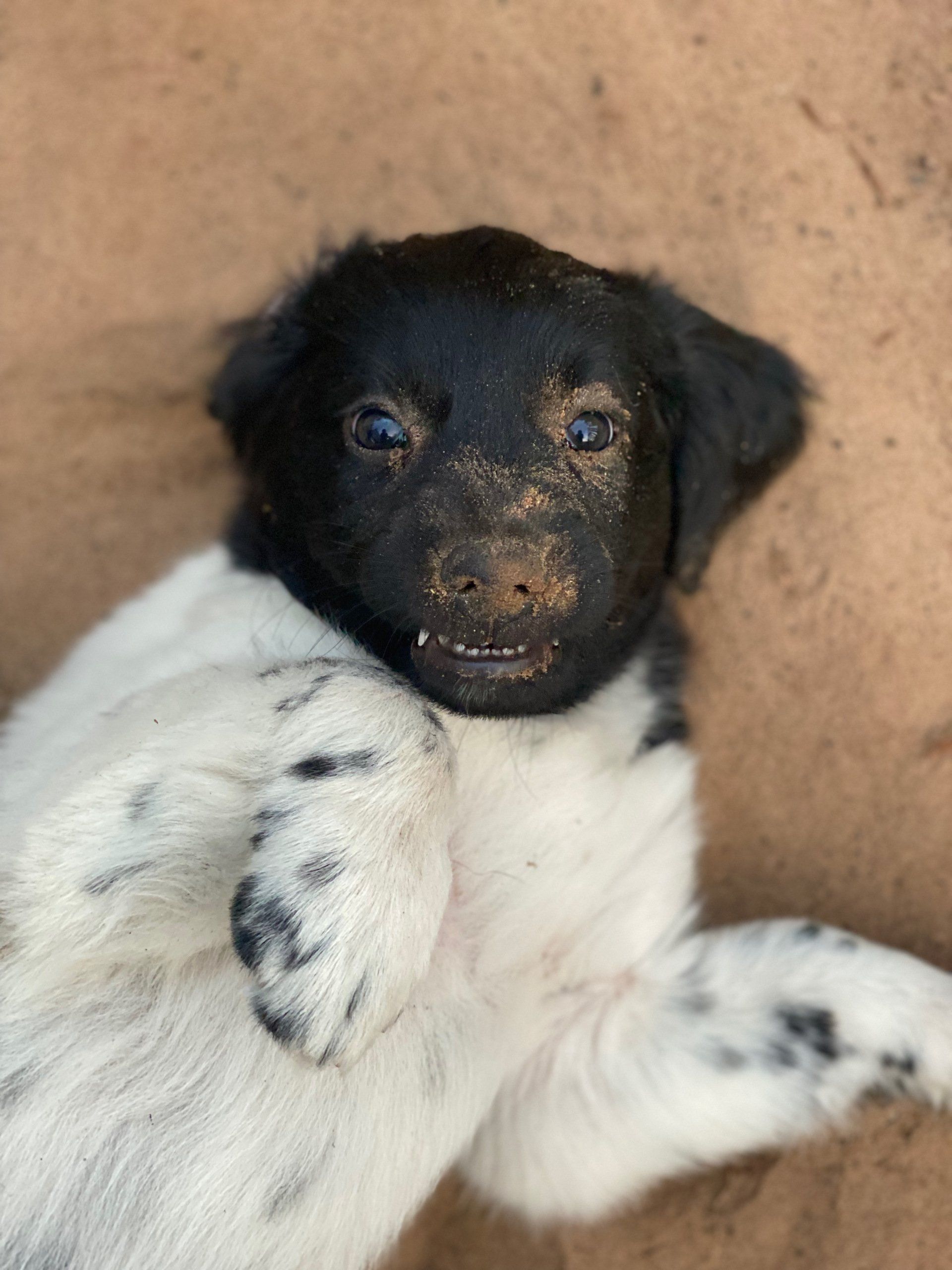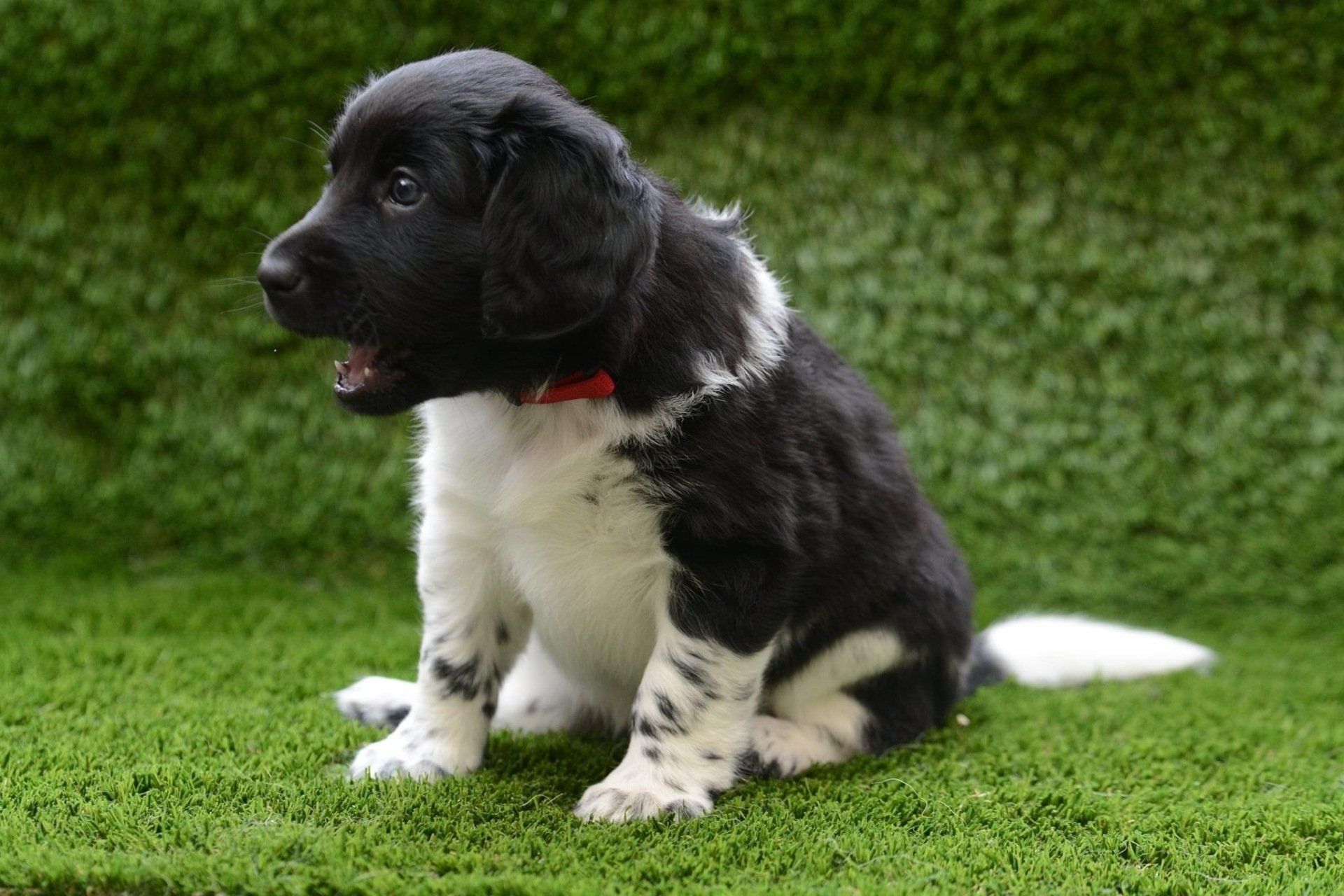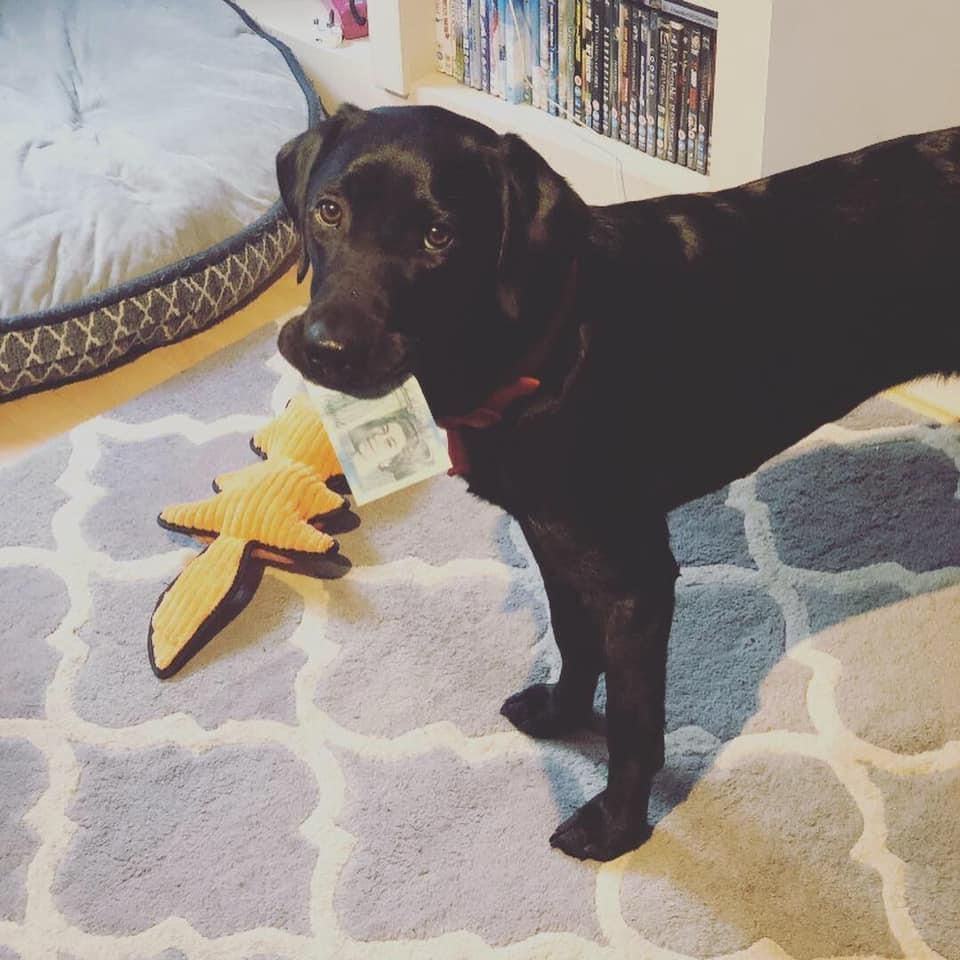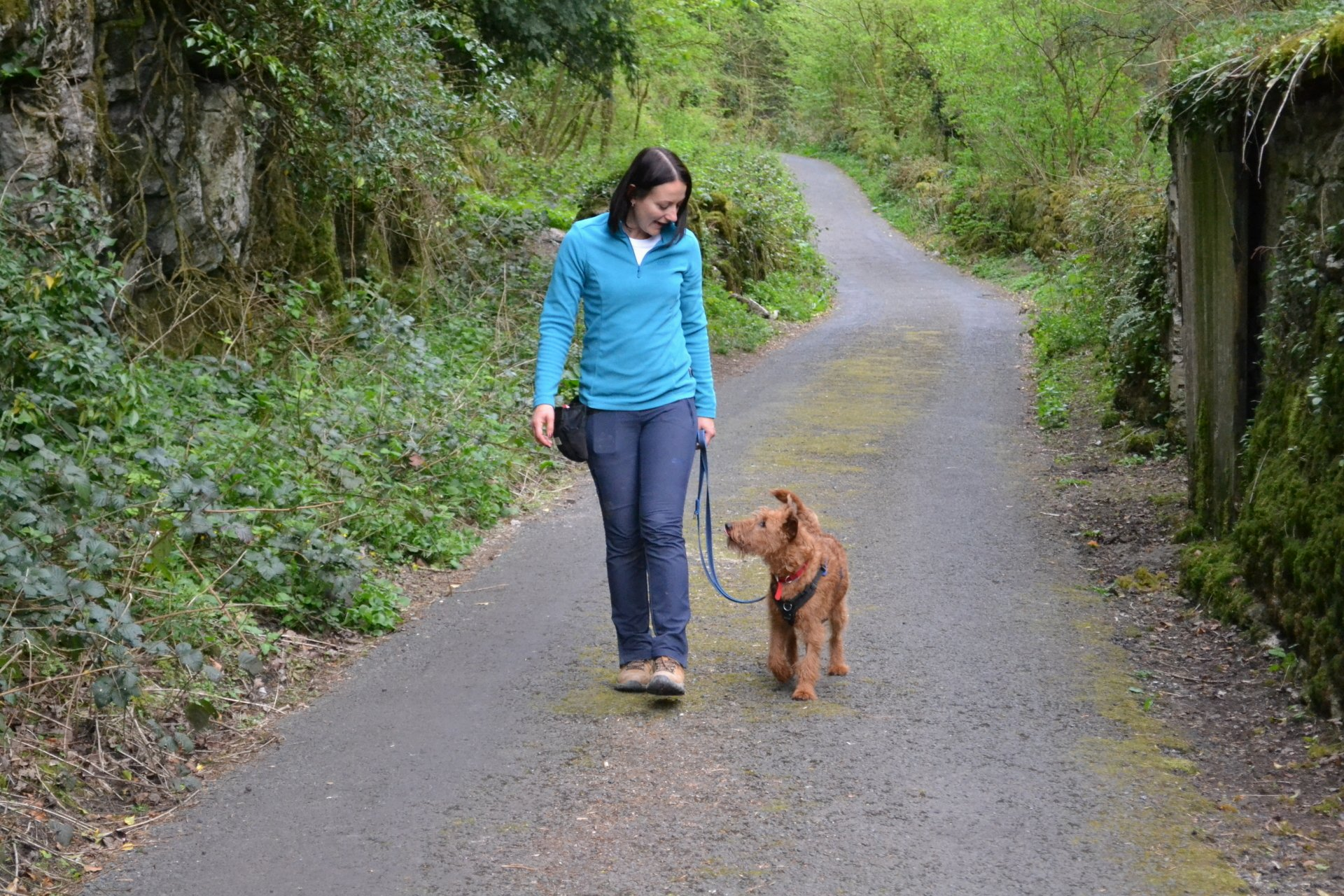
Treats in dog training
- by Tash Clark
- •
- 09 Apr, 2024
- •
How to select the best treat for your puppy!
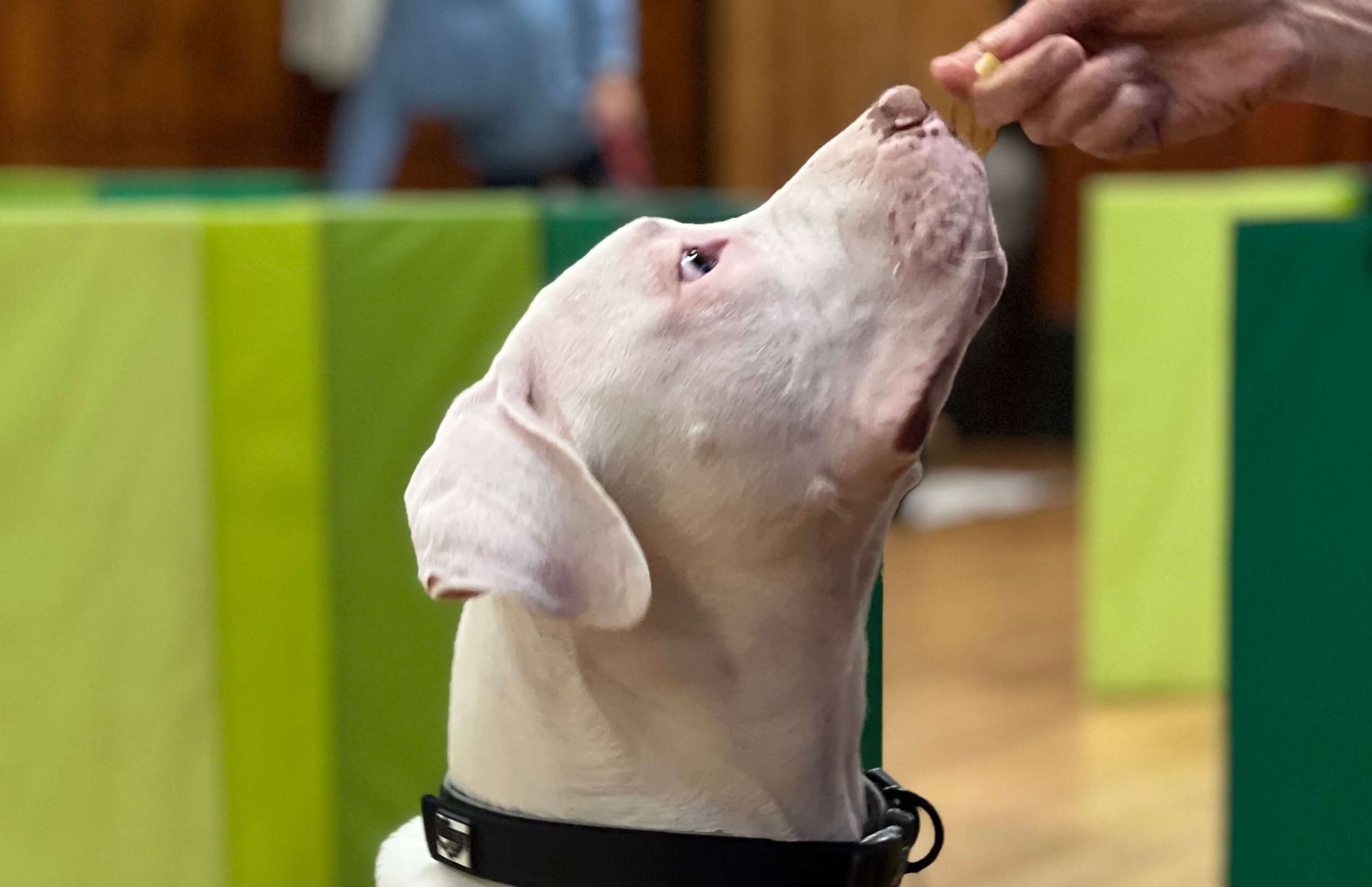
Treats!
This topic comes up again and again, I have done lives, videos, posts but thought I would also write about it as it keeps coming up!
Treat is the easiest way to reward your puppy or dog for a job well done! The way dogs learn is ‘the behaviour that gets rewarded, gets repeated’ so if we reward the desired behaviours, they are going to happen more frequently!
So far so good, but what is an acceptable treat? Would my dog not get fat if I treat them all the time?
If we were to ask our dogs they would tell us what they view as a treat, what is higher in their hierarchy and what is ‘take it or leave it’. I am going to link a video at the end on how I ask my dogs what they like (let’s just say, Monty didn’t do what I expected him to do!).
All dogs are different and where some might love veggies/fruit, some might think that you are trying to kill them if you offer them a blueberry (so it is definitely not a treat!).
As a rule of thumb (but not always), their daily food is likely to be lower on their priority list than things like freshly cooked chicken or sausages.
So, identifying your puppy’s ultimate reward is the first step to a successful training session.
Then I would look at the difficulty of the behaviour: does sitting in the living room with no distractions have the same difficulty level as recalling from chasing a squirrel or playing with other puppies?
Those two have completely different difficulty levels. Imagine teaching a child their times tables - I would compare sitting in the living room to being able to compute 2x2, and recalling from playing with another puppy to 9x8! Therefore do they deserve a different reward?
I say, yes, absolutely!
So there we have it, we need to have a selection of lower and higher value treats for different situations.
Lower value treats:
Something that your puppy values but maybe doesn’t go completely crazy for. It is something that is very easy to handle and something that does not need to be kept in the fridge, so you can have ‘treat stations’ around the house.
So, for easy behaviours in low distraction environments, we can use part of puppy’s daily food allowance. I recommend to my puppy class attendees (those who feed dry food) to take a handful of kibble from puppy’s daily food allowance and put it in a Tupperware pot to use as treats – these are your absolute guilt free/calorie free (as they are going to be consumed anyway) treats for easy behaviours in low distraction environments.
High value treats:
Something that your puppy really loves and is prepared to work extra hard for. It needs to be something that they don’t get very often, so it is special, like Christmas! These treats are likely to be kept in the fridge, as you are not going to be using too much/too often. These are for difficult behaviours that you want your puppy to be able to do in distracting environments. Think recall away from chasing wildlife/running towards a road – you want the reward to be appropriate for the level of difficulty!
Some of the things that I use as high value treats – cooked meats (think leftover roast), hotdog sausages, cheese, commercial meaty pet treats (we favour JR Pet Products pate at Dogs be Dogs HQ).
So, what makes a good treat?
1. Something that your puppy likes and will work for;
2. Appropriate for the difficulty of the task/level of distraction;
3. Something that is easy to handle;
4. Something that is easy to break into smaller pieces if needed;
5. Something that you can get hold of easily!
Availability and affordability are important when it comes to treats! I am sure my dogs would work very hard for smoked salmon (so would I), but it would not be sustainable. Similarly, I could bake liver cake on a budget, but who really has time to do it often (ever)?
So one of my lifehacks is to check out the deli section of your nearest supermarket for any ‘close to expiry date’ goodies! You can then stick them in the freezer and defrost when needed. Over the years my dogs have had anything and everything from chicken, ham and luncheon meat to corned beef, pastrami, and even prosciutto!
A question that comes up fairly frequently is: “Would my dog not get fat if I feed them all those treats?”. And my answer – no if we are strategic about it! For the situations where we do not need high value treats, using part of puppy daily food allowance (remember those ‘free calories’?) will most likely suffice.
Another solution is using treats that are easily breakable, so you use only tiny pieces!
As a rule of thumb, up to 10% of your dog’s daily food can come from treats (Purina has it on their website, so they can provide a reference for the number ).
And quality is definitely overrules the quantity here (dog’s sense of smell is a lot stronger than ours and their sense of taste is not quite as good). [Horowitz, A. ‘Inside of a dog: what dogs see, smell, and know’, Thorndike Press, 2009.]
So, when it comes to a perfect treat… have a selection of the treats your dog will ‘work’ for, make sure they are easily breakable, use part of their daily food allowance (please note, they do not need to work for every bit of food, just some), and have fun training with your dog!
Here is a video of Monty selecting his favourites. He had a choice of commercial dry treats, cheese, blueberries, wild boar pate, cucumber and corned beef. Place your bets before you watch it what was his least favourite ;)
https://www.youtube.com/watch?v=1Ig8OKXIvIg
What is your dog's favourite treat? Let me know!

Dog behaviour consultations and training are provided by Dogs be Dogs, a trading name of N V Clark Limited, registered in England no. 10730091
Registered office: Rosemary Cottage, Palmers Lane, Burghfield Common, RG7 3DU
Group class services are provided by Dogs be Dogs Limited, registered in England no. 13240349
Registered office: Rosemary Cottage, Palmers Lane, Burghfield Common, RG7 3DU
Please note, this address is NOT our training venue, but the registered business mailing address only.

